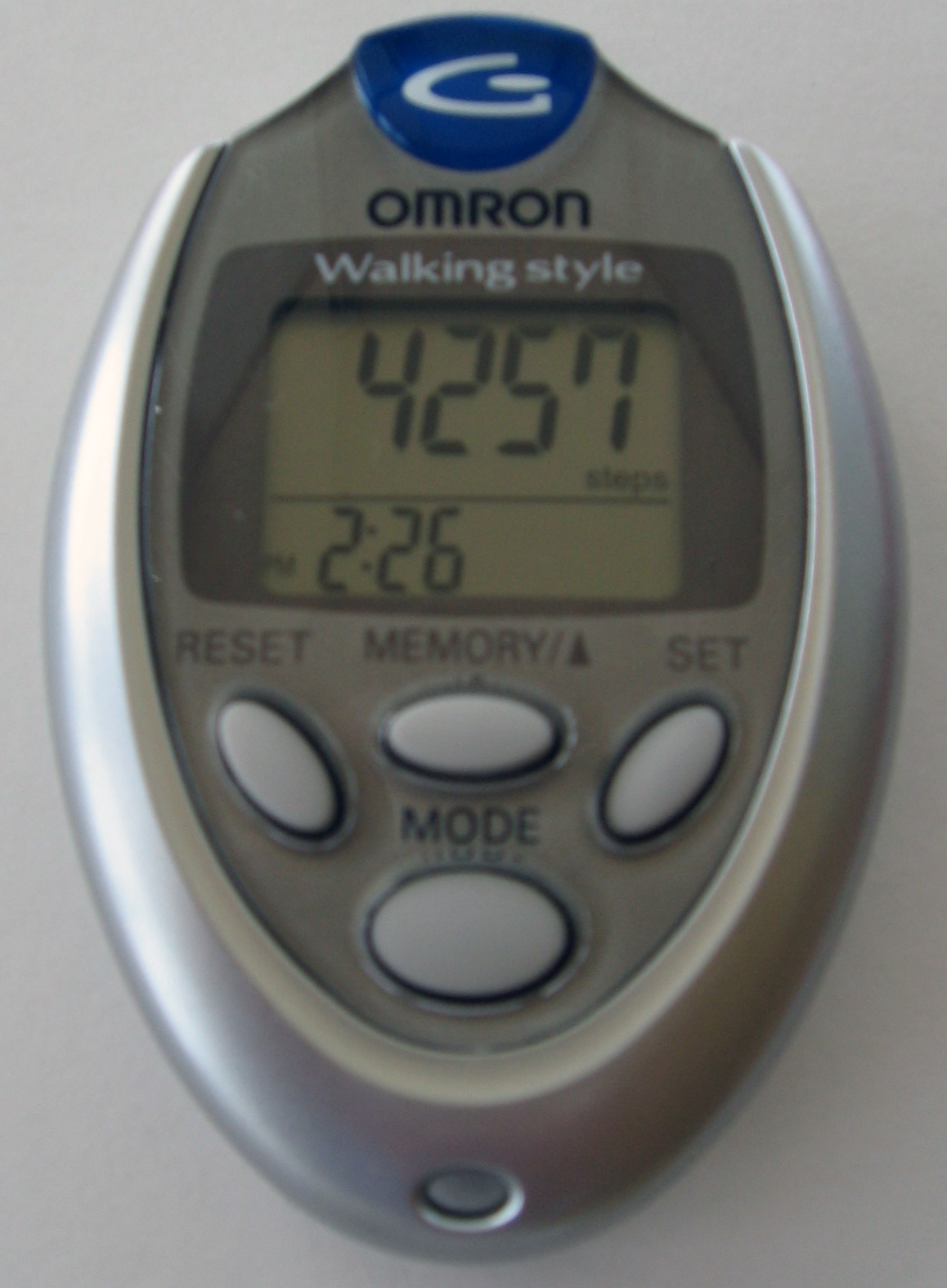|
Patient Management Software
Patient management software (PMS) is referred to as software that is regulated as a medical device. It is software that is used to acquire medical information from a medical device to be used in the treatment or diagnosis of a patient. It can also be software that is an adjunct to a medical device and directly contributes to the treatment of the patient by performing analysis, or providing treatment or diagnosis functionality that replaces the decision and judgment of a physician. Clinical applications Medical devices are classified and these classifications became somewhat less restrictive in December, 2010. Regulations provide rules for classifying medical devices into four increasing risk levels – Class I, Class II, Class III, and Class IV. Patient management software is classified as either Class I or Class II. Software that is intended to be used to view images, or other real time data, as an adjunct to the monitoring device itself, for the purpose of aiding in treatment or d ... [...More Info...] [...Related Items...] OR: [Wikipedia] [Google] [Baidu] |
Remote Patient Monitoring
Remote patient monitoring (RPM) is a technology to enable monitoring of patients outside of conventional clinical settings, such as in the home or in a remote area, which may increase access to care and decrease healthcare delivery costs. RPM involves the constant remote care or monitoring of patients by their physicians or pharmaceutical/biotechnolgy companies often to track physical symptoms, chronic conditions, or post-hospitalization rehab. RPM is also used extensively in clinical studies. Patient Reported Outcomes (PROs) for clinical trials are captured remotely via a tablet. Incorporating RPM in chronic-disease management may significantly improve an individual's quality of life, by allowing patients to maintain independence, prevent complications, and to minimize personal costs. RPM facilitates these goals by delivering care through telecommunications. This form of patient monitoring can be particularly important when patients are managing complex self-care processes such a ... [...More Info...] [...Related Items...] OR: [Wikipedia] [Google] [Baidu] |
Computerized Physician Order Entry
Computerized physician order entry (CPOE), sometimes referred to as computerized provider order entry or computerized provider order management (CPOM), is a process of electronic entry of medical practitioner instructions for the treatment of patients (particularly hospitalized patients) under his or her care. The entered orders are communicated over a computer network to the medical staff or to the departments (pharmacy, laboratory, or radiology) responsible for fulfilling the order. CPOE reduces the time it takes to distribute and complete orders, while increasing efficiency by reducing transcription errors including preventing duplicate order entry, while simplifying inventory management and billing. CPOE is a form of patient management software. Required data In a graphical representation of an order sequence, specific data should be presented to CPOE system staff in cleartext, including: * identity of the patient * role of required member of staff * resources, materials ... [...More Info...] [...Related Items...] OR: [Wikipedia] [Google] [Baidu] |
Workflow Management
Workflow is a generic term for orchestrated and repeatable patterns of activity, enabled by the systematic organization of resources into processes that transform materials, provide services, or process information. It can be depicted as a sequence of operations, the work of a person or group, the work of an organization of staff, or one or more simple or complex mechanisms. From a more abstract or higher-level perspective, workflow may be considered a view or representation of real work. The flow being described may refer to a document, service, or product that is being transferred from one step to another. Workflows may be viewed as one fundamental building block to be combined with other parts of an organization's structure such as information technology, teams, projects and hierarchies. Historical development The development of the concept of a workflow occurred above a series of loosely defined, overlapping eras. Beginnings in manufacturing The modern history of workf ... [...More Info...] [...Related Items...] OR: [Wikipedia] [Google] [Baidu] |
Wii Fit
is a 2007 exergaming video game developed and published by Nintendo for the Wii. It features a variety of yoga, strength training, aerobics, and balance mini-games for use with the Wii Balance Board peripheral. Designer Hiroshi Matsunaga described the game as a "way to help get families exercising together". It has since been adopted by various health clubs around the world, and has previously been used for physiotherapy rehabilitation in children and in nursing homes to improve posture in the elderly. The game has received generally positive reviews, despite criticism over the lack of intensity in some of its workout activities. , ''Wii Fit'' was the third best selling console game not to be packaged with a console, having sold 22.67 million copies. an enhanced version featuring additional games, activities, and features, was released for the Wii in October 2009. It also garnered positive reception and was a commercial success; , it is the seventh best-selling game ... [...More Info...] [...Related Items...] OR: [Wikipedia] [Google] [Baidu] |
Body Mass Index
Body mass index (BMI) is a value derived from the mass (Mass versus weight, weight) and height of a person. The BMI is defined as the human body weight, body mass divided by the square (algebra), square of the human height, body height, and is expressed in Units of measurement, units of kg/m2, resulting from mass in kilograms (kg) and height in metres (m). The BMI may be determined first by measuring its components by means of a weighing scale and a stadiometer. The multiplication and division may be carried out directly, by hand or using a calculator, or indirectly using a lookup table (or chart). The table displays BMI as a function of mass and height and may show other units of measurement (converted to Metric system, metric units for the calculation). The table may also show contour lines or colours for different BMI categories. The BMI is a convenient rule of thumb used to broadly categorize a person as based on tissue mass (muscle, fat, and bone) and height. Major adult B ... [...More Info...] [...Related Items...] OR: [Wikipedia] [Google] [Baidu] |
Pedometer
A pedometer, or step-counter, is a device, usually portable and electronic or electromechanical, that counts each step a person takes by detecting the motion of the person's hands or hips. Because the distance of each person's step varies, an informal calibration, performed by the user, is required if presentation of the distance covered in a unit of length (such as in kilometers or miles) is desired, though there are now pedometers that use electronics and software to determine how a person's step varies automatically. Distance traveled (by walking or any other means) can be measured directly by a GPS receiver. Used originally by sports and physical fitness enthusiasts, pedometers are now becoming popular as an everyday exercise counter and motivator. Often worn on the belt and kept on all day, it can record how many steps the wearer has walked that day, and thus the kilometers or miles (distance = number of steps × step length). Some pedometers will also erroneously reco ... [...More Info...] [...Related Items...] OR: [Wikipedia] [Google] [Baidu] |
Health Informatics
Health informatics combines communications, information technology (IT), and health care to enhance patient care and is at the forefront of the medical technological revolution. It can be viewed as a branch of engineering and applied science. The health domain provides an extremely wide variety of problems that can be tackled using computational techniques. Health informatics is a spectrum of multidisciplinary fields that includes study of the design, development, and application of computational innovations to improve health care. The disciplines involved combine healthcare fields with computing fields, in particular computer engineering, software engineering, information engineering, bioinformatics, bio-inspired computing, theoretical computer science, information systems, data science, information technology, autonomic computing, and behavior informatics. In the healthcare industry, health informatics has provided such technological solutions as telemedicine, surgi ... [...More Info...] [...Related Items...] OR: [Wikipedia] [Google] [Baidu] |
Regulation Of Medical Devices
A medical device is any device intended to be used for medical purposes. Significant potential for hazards are inherent when using a device for medical purposes and thus medical devices must be proved safe and effective with reasonable assurance before regulating governments allow marketing of the device in their country. As a general rule, as the associated risk of the device increases the amount of testing required to establish safety and efficacy also increases. Further, as associated risk increases the potential benefit to the patient must also increase. Discovery of what would be considered a medical device by modern standards dates as far back as in Baluchistan where Neolithic dentists used flint-tipped drills and bowstrings. Study of archeology and Roman medical literature also indicate that many types of medical devices were in widespread use during the time of ancient Rome. In the United States it was not until the Federal Food, Drug, and Cosmetic Act (FD&C Act) in ... [...More Info...] [...Related Items...] OR: [Wikipedia] [Google] [Baidu] |




